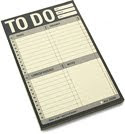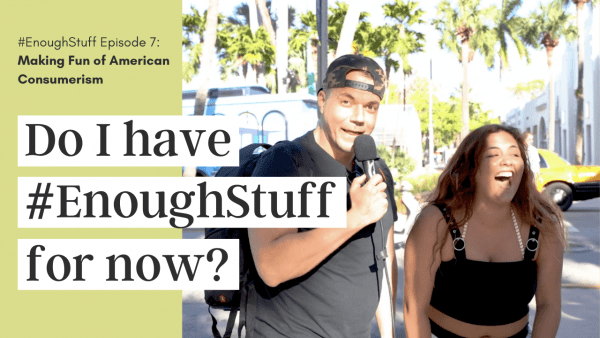There are people who hate making lists, and there are people who love making lists. However, if you are working towards a postconsumer end goal of reducing your retail therapy habit and your emotional dependence on consumerism and “stuff,” then a shopping list can be your best friend. Whether you’re headed to the grocery store or the mall, deciding what it is that you need to buy and then listing it out before you get there can keep you from yielding to “impulse purchases.”
This is true even if you’re going out to only buy one item. Why is the shopping list so important? The biggest reason is that it gives you the mental impact of feeling “done” after you can check off the item or items that you went out to purchase. As a secondary element, if you’re about to purchase an impulse item, the fact that it’s not on your list will cause you to pause and think about whether you really “need” to buy the item or not. It will, at a minimum, take some of the impulse out of “impulse buying” because your brain will remember “this item is not on my list.”
We know a number of people who simply carry a little notebook around with them in which they enter (and then cross off) shopping lists as they go. If you love your smart phone or other mobile device or tablet, that too is an option. The point, obviously, is simply to decide what you’re purchasing before you leave, make that decision a “reality” by archiving it on paper or electronically, and then sticking to it! You’ll find that avoiding impulse purchases is easier when you have a set way of ensuring that you have to actively think of them as impulse purchases!
Have other ideas on ways to reduce your impulse shopping? Like us on Facebook and tell us about them!





